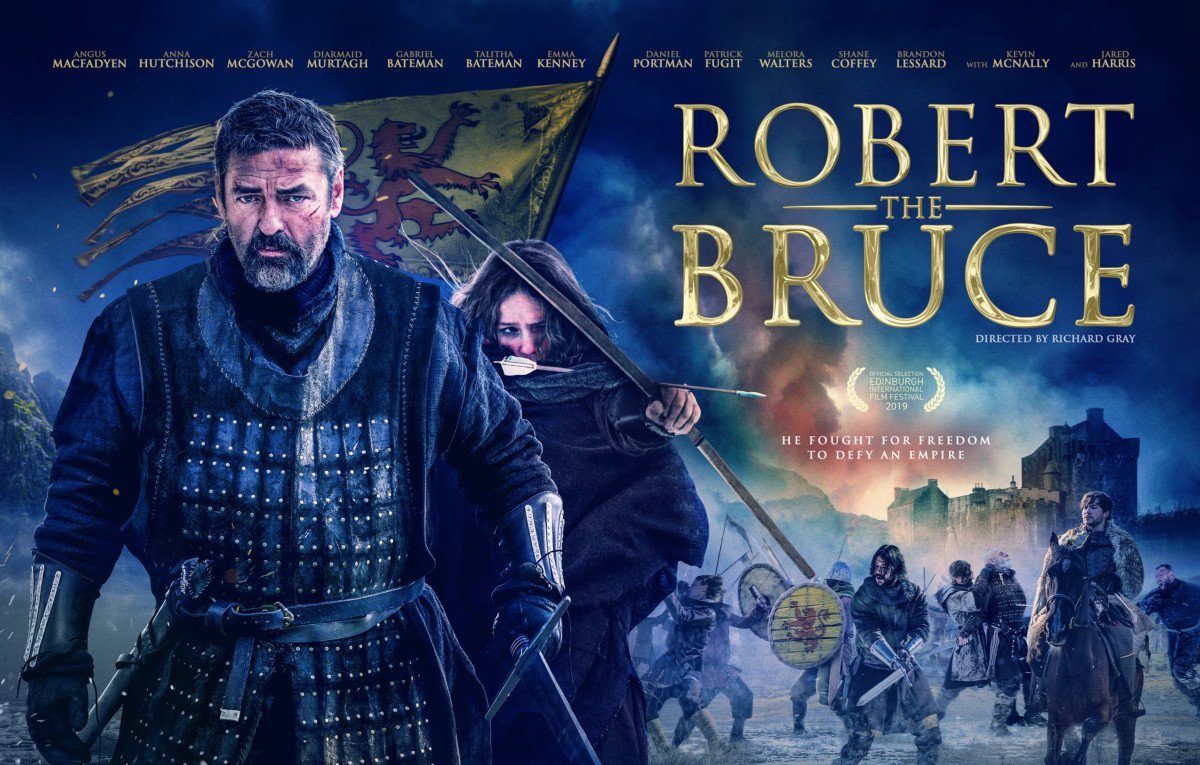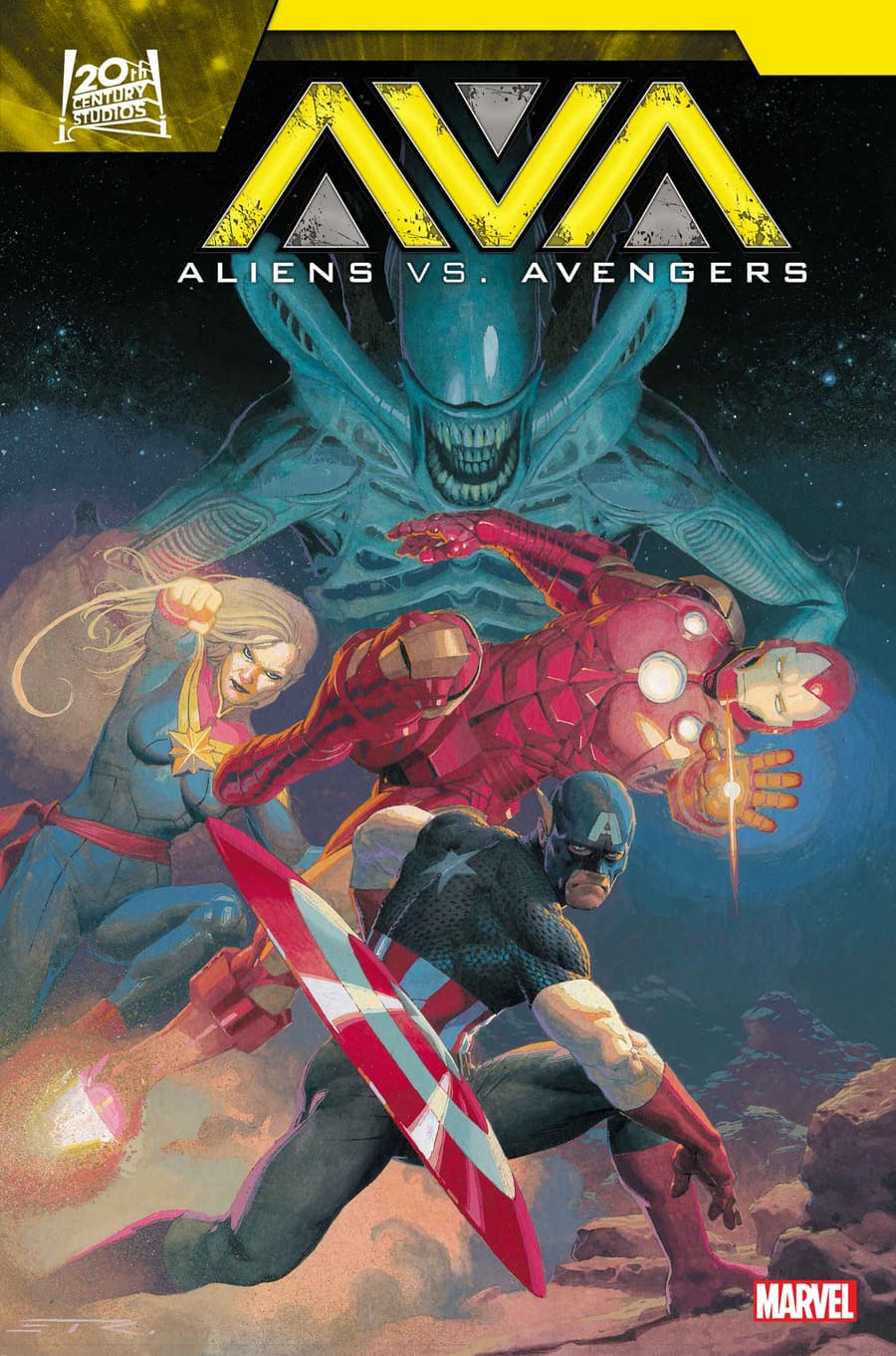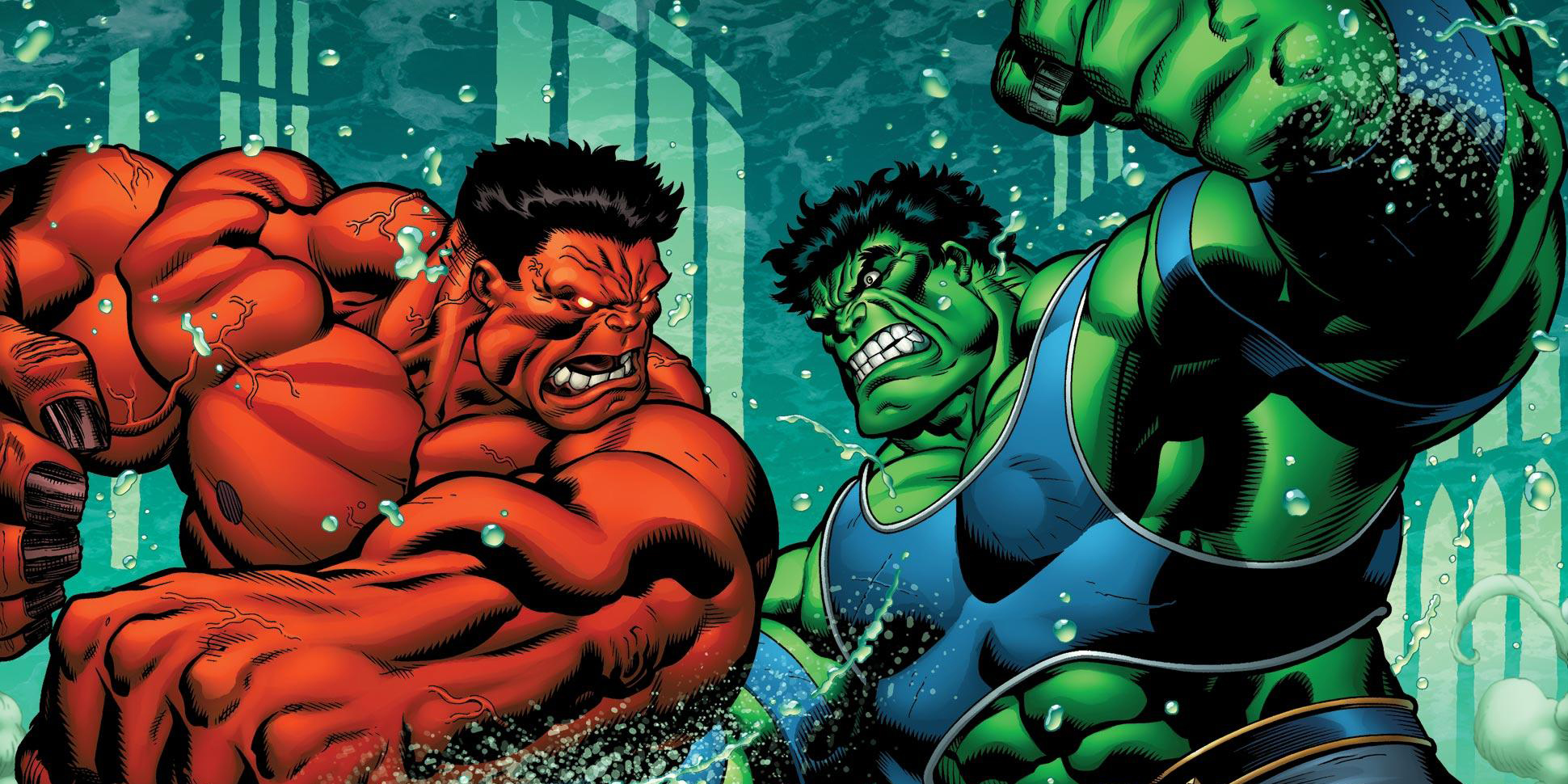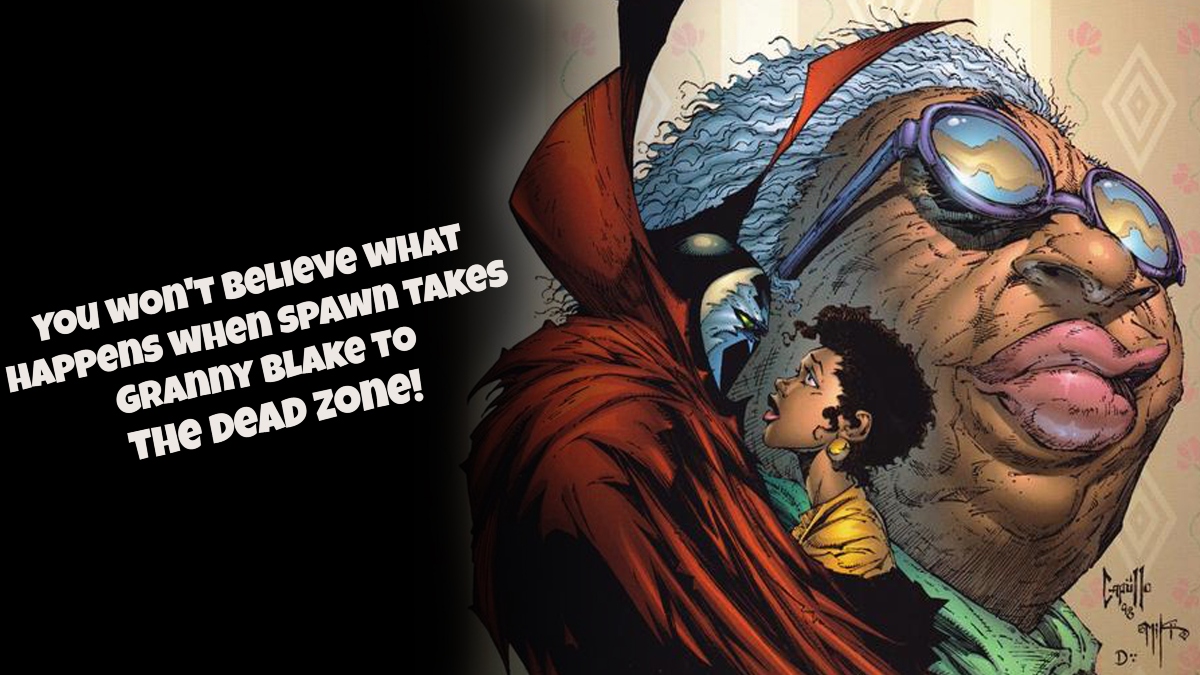Everyone has heard the expression “If at first you don’t succeed try, try, and try again” at some time in their lifetime, but I bet you don’t know where it comes from. If you ask someone from Scotland though they will tell you that phrase came from Robert the Bruce when he told his troops before defeating the English at Bannockburn in 1314. Robert the Bruce is one of the most polarizing people in European history with his rise to power as Scotlands King and the war he waged on the English for Scottish independence. While most Americans only know of William Wallace from Braveheart, the story of Robert the Bruce has started to become popular with the help of Hollywood. Last year Netflix released the movie Outlaw King starring Chris Pine as Robert the Bruce which was Netflix’s most streamed movie during its initial release. Director Richard Gray has made another movie about Robert the Bruce that focuses on Robert hiding from the English and building his army to the war against England.
I had a chance to speak with Director Richard Gray about his journey making Robert the Bruce. Because of the Covid-19 Pandemic the US theatrical release of the Robert the Bruce had to be canceled and instead be released digitally and VOD this Friday April 24th.
Nancy Tapia: Well Richard, let’s discuss Robert the Bruce. How did you get involved in this?
Richard Gray: Okay, so my friend actress Anna Hutchison who plays the lead Morag in the film, we’ve made a couple of films together and she worked with Angus in the UK a couple of years ago and he was talking about this story… This Robert the Bruce story, that’s never been told and Anna’s a big fan of Braveheart and she knew I was a massive fan of Braveheart.
Nancy Tapia: Right.
Richard Gray: So she said, “Do you want me to get the script to Richie? Because I’m sure he’d like to read it.” And I was really scared to read it because how do you do Braveheart justice? And I hoped it wasn’t a massive action film that we might not be able to pull off in the short amount of time we had to get it made. But thankfully the script was so original and such a different take on that part in history that we found it really exciting and we found it to be something that we could just go out and do straight away. And so that was really refreshing.
Nancy Tapia: Yes. So it definitely sets a good foundation. I mean, following for Braveheart, right?
Richard Gray: Oh, big time. I was 15 when Braveheart came out and just started making short films at that time. In Australia at the time Mel Gibson, was like a God. So it certainly had a massive effect on me as did, I’ll say classics like Mad Max and these types of things. So it was cool at that age to see that film. And it’s crazy to think that it was 25 years ago. But again, it was how much different the film was to Braveheart that made it exciting for us and to tell the story of Scotts versus Scotts and the fact that this King was so low down, he wasn’t expected to live. And he was also seen as the Loser King after losing battle, after battle, after battle, which is where Braveheart, kind of finished off. So it was unique and exciting to get this story about the orphan children and widow that saved the King of Scotland, which changed the UK and changed the world, actually.
Nancy Tapia: I think one of the best parts that I enjoyed was actually the first half, the set of foundation of how Robert the Bruce came about after William Wallace.
Richard Gray: Yeah. And it’s about a history that not a lot of people outside Scotland really know. And it was quite interesting to know just how hard he had to fight. Also, when William Wallace died, Robert the Bruce lost many battles to the point where Scottish people were fighting against him and he almost gave up and there’s an almost biblical story that’s Scottish children grow up with about the time when Robert the Bruce retreated into a cave and was new death. But then watching the spider in these terrible conditions, making this beautiful web against all odds, inspired him to try and try again. And it’s a fable that Scottish kids grow up with. And so it was really nice to see that in a script because we haven’t seen that in a film for a long time.
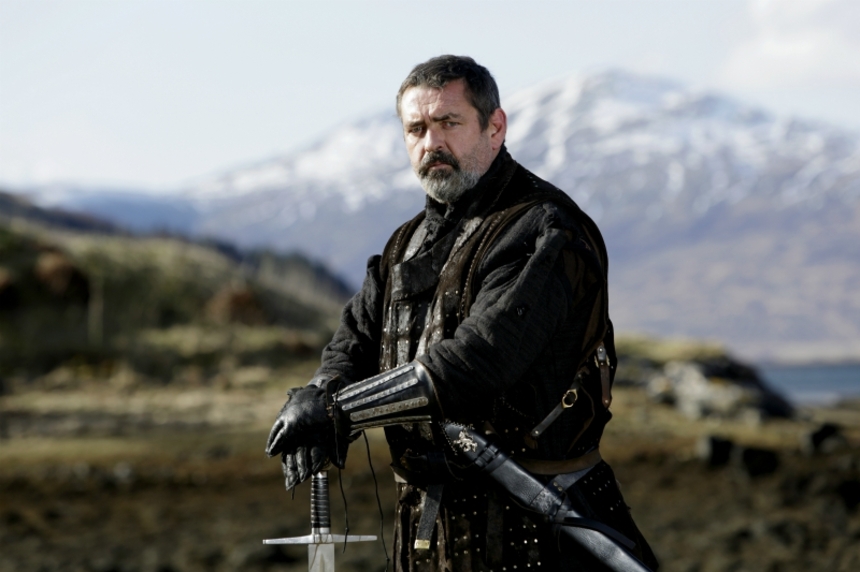
Nancy Tapia: I myself learned a lot from this film. I mean learning a little history a little bit before he became known, that everyone followed him as King.
Richard Gray: Yeah. And that’s been the most exciting thing. When we played the film around the UK it was really hard hitting and really emotional for a lot of Scots. We’ve seen so many versions of Queen Elizabeth and different heroes around the world, but we don’t get a lot of movies about Scottish heroes. And of course in the US and in Australia, in Canada, so many of us have history in Ireland and Scotland and it’s the best part during the Q and A’s and talking to people that have those roots but have never really explored them.
Nancy Tapia: Okay. So you’ve already been featured in London?
Richard Gray: Yeah. So we toured… The virus has hit us hard in the US because we had 600 theaters planned for the 16th and then 20 cities around the US and then Canada starting on the 24th but we can’t do that anymore. And we’d already had our great big tour through the UK which was really fantastic. And to play the film in Edinburgh and Scotland and all through Glasgow and up north. So it’s a shame that we can’t do that in the US however, it’s exciting that it can just be on every platform all at once and people are at home now and looking for new things. So in a way it’s cool that everybody can see it all at one time on the 24th.
Nancy Tapia: Yeah, I was actually going to say that. A lot of these films, yes, we’re going to miss seeing them in the big picture in the big theater. However, because we’re all limited to only how much new stuff out there. I mean, this is great.
Richard Gray: Yeah. I know from myself, from my kids that… I wouldn’t usually spend $20 on renting Trolls, but that’s what you got to do right now.
Nancy Tapia: Well, I won’t ask you about Trolls. So tell me about the filming and the location.
Richard Gray: Yeah, so we were prepping another film in Montana, which is where I am now. And because winter is such a strong character in Robert the Bruce, it was like the perfect storm. We had a historian, Siorus Wallace, who was a descendant of William Wallace, and who’s an actor and historian in Braveheart. And he was one of my first friends on this because we knew we didn’t have the time to film the whole movie in Scotland. And my crew is largely in the US so it was really a stressful pre-production when we were sending photos of Montana to Siorus Wallace, and he was sending us back locations and saying, “No, no, this looks just like this and this looks just like that.” The beautiful thing about Montana, like Scotland is you don’t have to drive very far to be in the middle of nowhere, which in a historic film in a period film is such a great bonus.
Richard Gray: So we filmed in Scotland for all the castles and the big epic scenes and the Fort and the fight sequences, but the interior and the farm work and a lot of the smaller dramatic stuff was done in Montana. But people in Scotland had a hard time picking, which was which, which was really encouraging. And we had so much snow and that was the year the UK had their big a hundred year storm. Which they called the Beast from the East. So we basically went from snowy Montana to snowy Scotland, which was great. It was horrifically cold, the shooting was horrifically cold and it was nine degrees most days. But it really helped the look of the film, the breaths, the vapor that’s coming out of the actors mouths and just making the peasant life and farm life look so difficult. It also helped that story why the King was able to hide out during the winter because you just weren’t finding people in those conditions.
But we would go to work at 5:30 AM in pitch black whiteout conditions and we’d have to follow the plow truck up the mountain to get to our location and we’d have to stop at a certain point to chain up our vehicles. And I would drive with a DP and we both get under the truck with our iPhones as lights to chain the trucks up. And I’m Australian, so I’m not the best with the snow. And we both literally look at each other and say, “Fuck you.” And that was the start of every day. Then we’d get too crafty. So we’d get coffee and then we’d start to look at how beautiful it could look and the snow and the cold definitely became like a crucial character in the story.
Nancy Tapia: Well if you don’t mind me asking, what part of Montana were you filming?
Richard Gray: So just outside of Livingston, so you fly into Bozeman and then it’s about a 45 minute trip to Livingston. And I actually found Livingston through Anthony Bourdain. I watch his show religiously and I’d seen him do two Montana episodes like 10 years apart, but both episodes he was based in Livingston and I was like, “This tiny town of 7,000 people.” And I was like, “There’s got to be a reason that he loved it here so much.” And sure enough, that’s where Jeff Bridges and Bill Pullman and Aaron Eckhart and John Mayer and all these amazing American artists, poets and musicians live. And we just feel at home here. And it’s only two and a half hours from Burbank. So it feels like it’s doable. But actually that was a really hard thing about production. Because we shot Montana first, we had got all the dailies to our producers in Scotland and we had about a month from wrapping in Montana before shooting in Scotland. So they’re able to watch our dailies and re-adjust our locations to suit locations that suited. So actually, it worked out really well.
Also See: The Willoughbys Interview: Director Kris Pearn On Crafting This Roald Dahl-Esque Animated Tale
Nancy Tapia: Great. Now let’s talk a little bit about the cast and what it was like working with Angus and Anna and everyone else?
Richard Gray: Yeah, so the great thing, Angus has had a long career as a character actor. And actually I didn’t know how many things I’d seen him in until I went back to watch them all before I met with him. And he worked on the script with Eric Belgau the other writer for over 10 years. And it went through all these different versions until they found the story of the family which is what attracted me to it and having Anna and Talitha and Gabriel Bateman and Brandon Lessard as the children Talitha and Gabriel, are actually brother and sister. So they got to play brother and sister, they already had the fighting and the bitching down and so they just looked so natural and the siblings all looked natural and also with making sure the accent was good. It was great to have this family bond. So Angus, Anna and the kids spent a lot of time together on Skype before pre-production and then through pre production. And then Angus introduced me to Jared Harris and Kevin McNally and these types of guys. And I’ve been longtime friends with Anna and Zach McGowan. And then because of the story by Daniel Portman from Game of Thrones and Diarmuid Murtagh from Vikings, everybody just wanted… Everybody remembers Braveheart even if they haven’t seen it in 15 years.
I think the cast really enjoyed doing something period and doing something that they could actually read history books about and go, “Right, I’m playing James Douglas, who was he?” And who was this guy and who was this girl and what was it like to live in a croft in Scotland at that time? And so it was a really fun process learning also with the grinders. It’s so cool when you’re debating something and you can look up history books and be led by facts. Even though the English history books might not represent the Scottish side of things as accurately as you might want. I really enjoyed doing a historical piece with the cast. And same with the costume designer and the art department. It was really fun to be able to dig into history like that.
Nancy Tapia: Well, you can never go wrong when you’re covering a film with content from history, that’s for sure. And it helps, we got to stimulate our mind a little bit nowadays.
Richard Gray: Yeah, I think people like true stories and we certainly needed to set the film up because although the general audience might remember the old name, William Wallace, they’d be hard pressed to remember the history and the time you were in. So it was kind of a balancing act between wanting to shovel too much history down, but also needing to get the exposition done in a classy, clever way, which we tried to do through Jared Harris at the start of the film and through the nursery rhymes and bedtime stories that the parents would tell their kids. We’ve got away with a lot of license with that because there’s no internet and there’s no TV and there’s no history books if you’re living out in the farm in the middle of Scotland. So these stories would have been brought down through families and through hearsay. And so we tried to use that as a device to set up the world for the audience.
Nancy Tapia: So to finalize, what do you hope that the viewers take away from this film?
Richard Gray: Well, I’m hoping that because we’re all at home now that people have the chance to watch something that maybe they wouldn’t have heard about, but they’re hearing about now. And it’s a really important little part in Scottish history. We just had the 700 year anniversary of Scotland becoming independent and 700 years ago was when the stuff that’s happening in our film was happening. So it’s great timing and I just look forward to a lot of eyes being out to see it, to get a perspective on Scotland that they maybe haven’t seen before.
Nancy Tapia: Great. Well thank you so much for your time and discussing this film. I’m sure viewers will enjoy it. I mean I did myself and we are going to encourage people to watch Braveheart again.
Richard Gray: That’s awesome. I’m looking forward to a dance on the release. There’s a behind the scenes documentary that really shows what we did in Scotland and Montana, and also all the connections to Braveheart. So hopefully there’s also a commentary with Angus, so hopefully it’s a cool release for everybody to get a bit more value from.
—–
Have you checked out LRM Online’s official podcast feed yet The LRM Online Podcast Network? This includes our flagship podcast Los Fanboys, our premiere podcast Breaking Geek Radio: The Podcast, GeekScholars Movie News, and our morning show LRMornings. Check it out by listening below. It’s also available on all your favorite podcast apps!
Subscribe on: Apple Podcasts | Spotify | SoundCloud | Stitcher | Google Play
SOURCE:

 FOR FANBOYS, BY FANBOYS
Have you checked out LRM Online’s official podcasts and videos on The Genreverse Podcast Network? Available on YouTube and all your favorite podcast apps, This multimedia empire includes The Daily CoG, Breaking Geek Radio: The Podcast, GeekScholars Movie News, Anime-Versal Review Podcast, and our Star Wars dedicated podcast The Cantina. Check it out by listening on all your favorite podcast apps, or watching on YouTube!
Subscribe on: Apple Podcasts | Spotify | SoundCloud | Stitcher | Google Play
FOR FANBOYS, BY FANBOYS
Have you checked out LRM Online’s official podcasts and videos on The Genreverse Podcast Network? Available on YouTube and all your favorite podcast apps, This multimedia empire includes The Daily CoG, Breaking Geek Radio: The Podcast, GeekScholars Movie News, Anime-Versal Review Podcast, and our Star Wars dedicated podcast The Cantina. Check it out by listening on all your favorite podcast apps, or watching on YouTube!
Subscribe on: Apple Podcasts | Spotify | SoundCloud | Stitcher | Google Play

